Feds, Metro, Locals take on Pedestrian and Bike Safety at Wiehle-Reston East
On May 12, 2015, the Federal Transit Administration (FTA) convened an event to bring together Federal, State, regional, and local transportation officials and local stakeholders for an on-the-ground bike-ped safety assessment at the Wiehle-Reston East Metrorail station.
The assessment was one of 50+ that have been occurring around the nation as part of U.S. Department of Transportation Secretary Anthony Foxx’s “Safer People Safer Streets” campaign to improve bike-ped safety across the country. These assessments have been led by many of the US DOT agencies and operating administrations, namely: Federal Highway Administration (FHWA), National Highway Traffic Safety Administration (NHTSA), Federal Transit Administration (FTA), Federal Motor Carriers Safety Administration (FMCSA), and the Federal Railroad Administration (FRA). Each of these agencies is participating in the effort to improve bicycling and pedestrian safety, and each has particular roles and responsibilities in this effort.
The primary goal of these assessments is to:
- facilitate relationship-building between employees of different jurisdictions who share responsibility for creating safer streets;
- engage practitioners who typically focus on pedestrian and bicycle safety, as well as those who do not; and
- focus on locations that have non-motorized safety challenges.
The assessment kicked-off with remarks from Deputy Secretary, Victor Mendez, who stressed the importance of agency coordination in ensuring bicycle and pedestrian safety on America’s streets, later blogging about the event on US DOT’s FastLane blog. Metro’s Director of Planning, Shyam Kannan, also gave remarks that highlighted the importance of station connectivity for increasing Metrorail ridership. Other VIPs from Fairfax County, Virginia Department of Transportation (VDOT) and local community/advocacy groups spoke to the participants as well about the importance of the day’s events to keeping our residents safe as they travel. Read more…

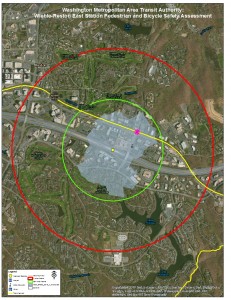
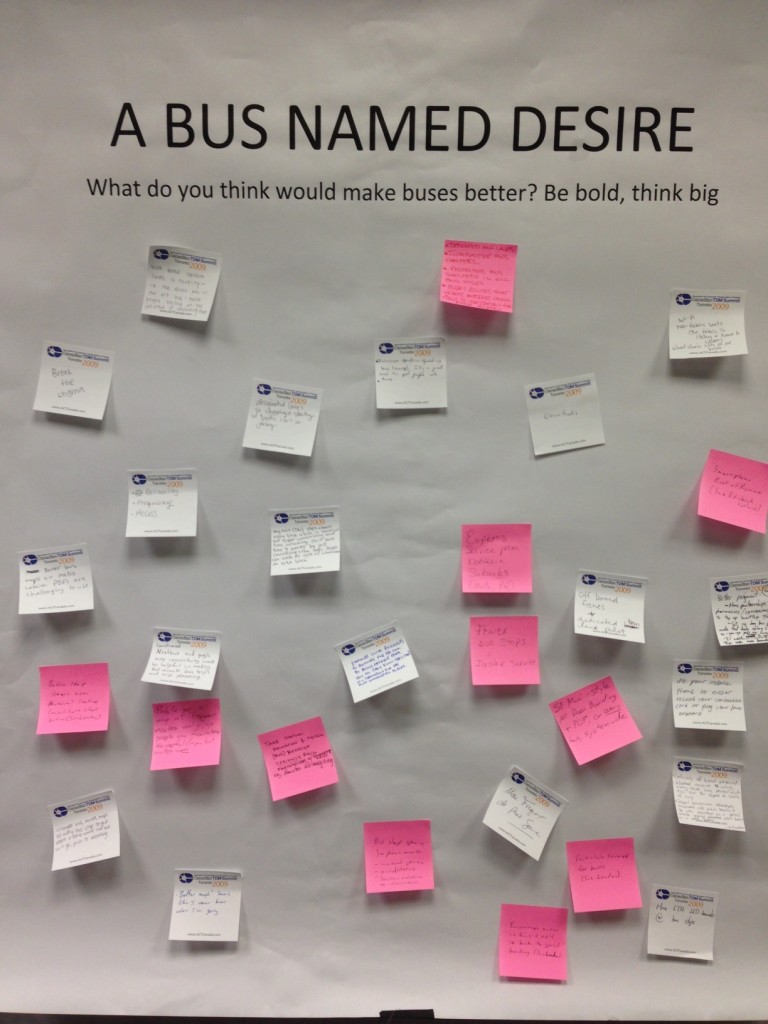 A Bus Named Desire was the question of the day at Metro Planning staff’s StreetsCamp session last Saturday. We asked what participants thought would make a better bus – from any perspective. What are the things that transit agencies and local jurisdictions could do speed up buses, increase the level of comfort for potential riders to ride the bus, change service, etc.
A Bus Named Desire was the question of the day at Metro Planning staff’s StreetsCamp session last Saturday. We asked what participants thought would make a better bus – from any perspective. What are the things that transit agencies and local jurisdictions could do speed up buses, increase the level of comfort for potential riders to ride the bus, change service, etc.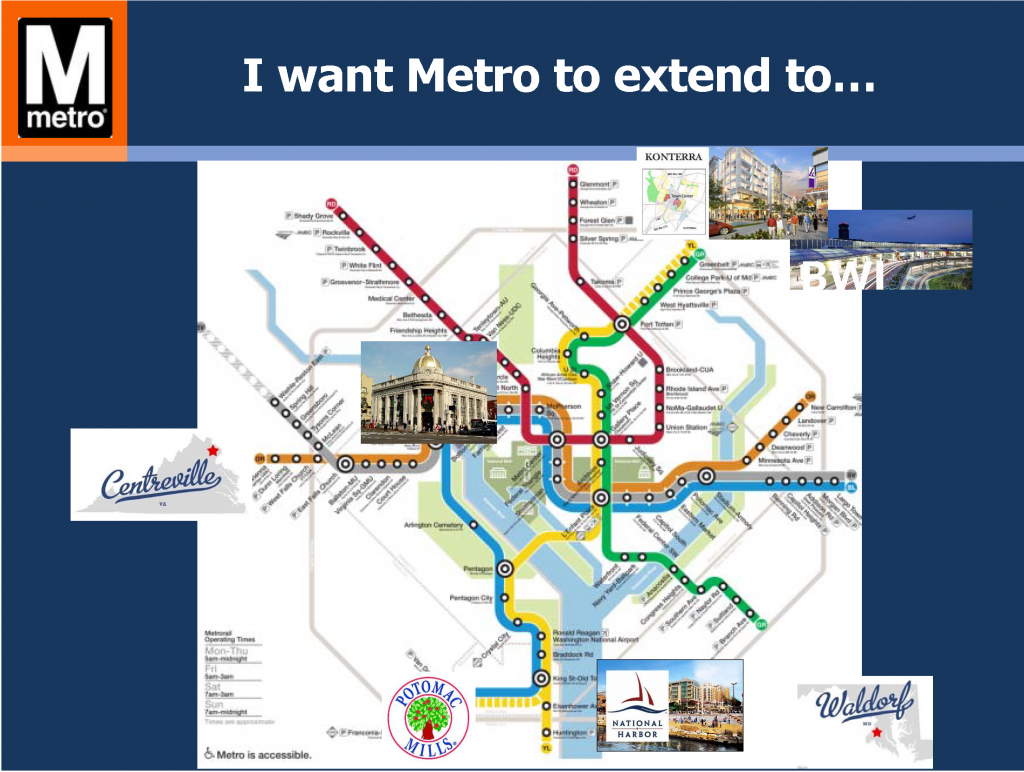
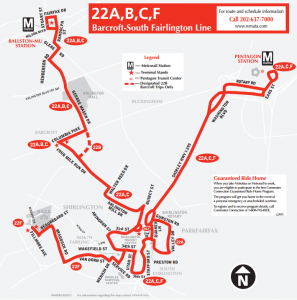
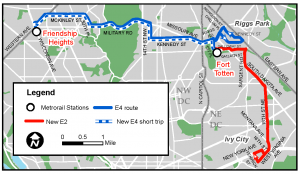
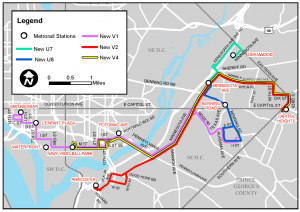
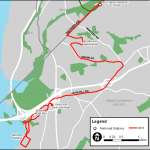
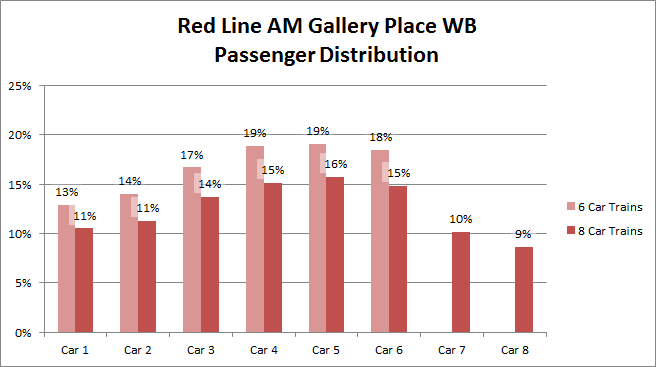
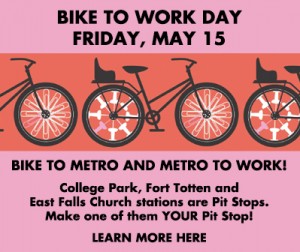
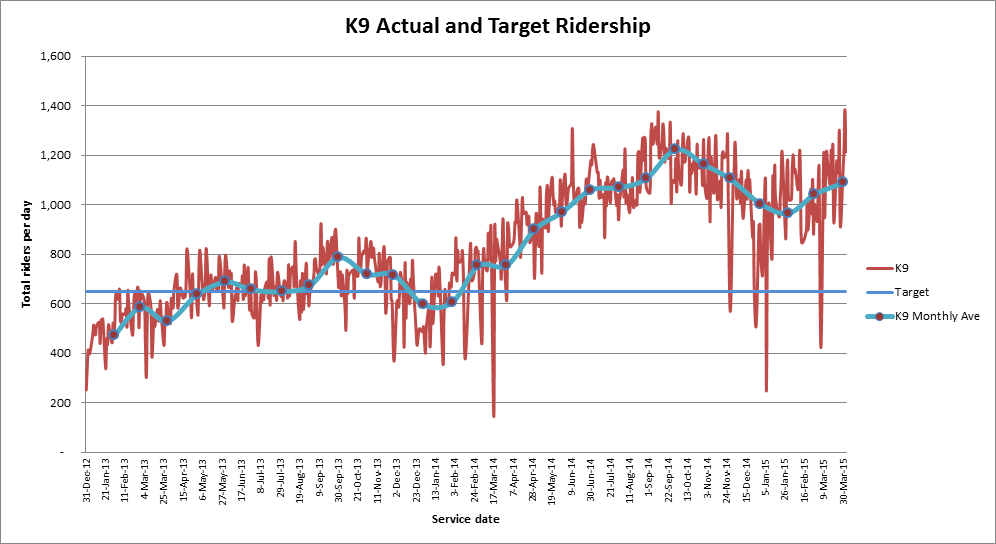

Recent Comments